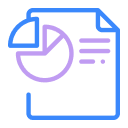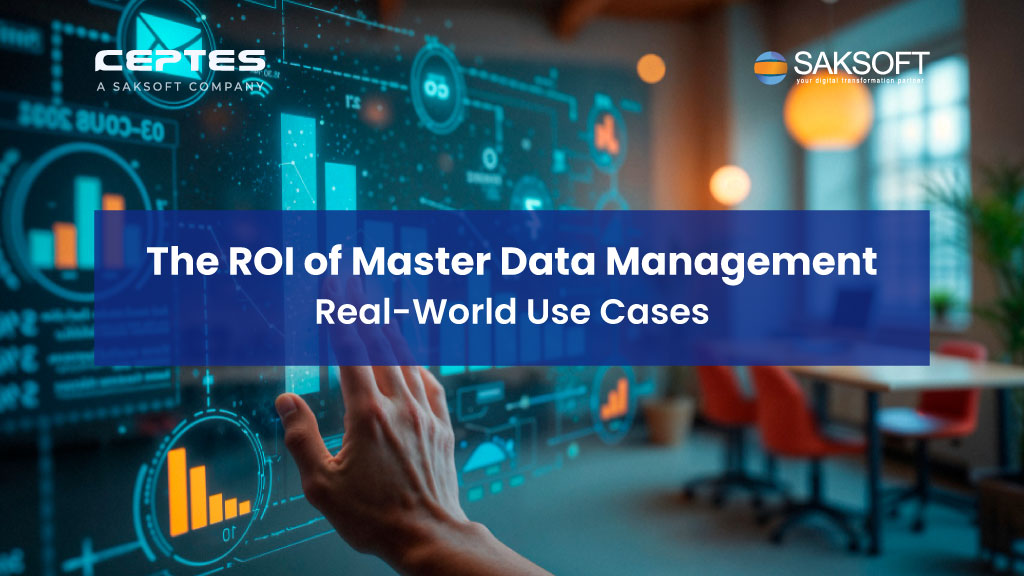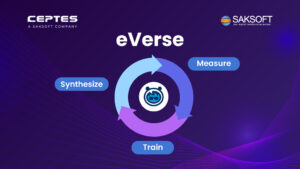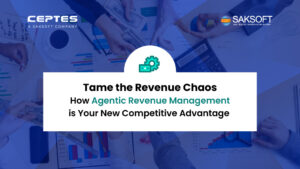Master data in Salesforce refers to the core business data that is consistently used and shared across different processes, modules, and applications within the organization. Picture this: your sales team is chasing a lead, marketing has the same customer tagged under three different names, and finance is unsure which record to bill.
Sounds familiar?
That’s the hidden cost of poor data management which translates into lost revenue, wasted time, and frustrated customers.
Despite the immense energy devoted to data storage, businesses fail to utilize much of what they collect.
- Organizations collect only 56% of their available data.
- Of that, 57% is actively used, leaving 43% unleveraged.
- This means a staggering 68% of collected data remains untapped.
– Rethink Data survey
Salesforce Master Data Management (MDM) is the discipline of creating a “single source of truth” for your most critical data—customers, products, accounts, vendors, partners—so everyone across your organization is aligned.
Key elements of MDM include:
- Data consolidation: Unifying scattered records into a central, trusted view.
- Data quality management: Ensuring accuracy, consistency, and completeness.
- Hierarchy management: Linking relationships between entities (e.g., parent-child accounts).
- Governance and stewardship: Defining ownership and rules for data usage.
The ROI comes not just from reducing duplicates, but from unlocking customer insights, streamlining processes, and enabling smarter decisions. Without MDM, organizations continue paying the “hidden data tax”: manual cleanups, compliance risks, and missed opportunities.
What Does Master Data Look Like in Salesforce?
Salesforce touches multiple types of master data every day. Some common examples include:
- Customer Data: Accounts, contacts, leads, and opportunities.
- Product Data: Catalogs, SKUs, and price books.
- Partner Data: Channel resellers, alliances, and suppliers.
- Employee Data: Sales reps, support agents, and territory alignments.
Consider a retailer using Salesforce Commerce Cloud. Without MDM, a customer could appear as “J. Smith,” “John Smith,” and “Johnny Smith”—splintering purchase history and loyalty points. With MDM, those records unify, creating a 360° customer profile that drives personalization and higher retention.
Master data forms the foundation for building reliable reports, executing business processes, delivering consistent customer experiences, and supporting integration across systems.
MDM vs. Salesforce Data Cloud vs. Data Governance
It’s easy to confuse these terms, but each plays a distinct role:
- Master Data Management: Focuses on who and what—the golden records that define customers, products, and suppliers. MDM ensures accuracy and consistency across all Salesforce orgs and integrated systems.
- Salesforce Data Cloud: Focuses on when and how—real-time engagement data like clicks, page views, and transactions. Think of it as the activity layer that enriches master data.
- Data Governance: Focuses on why and by whom—the policies, roles, and compliance frameworks ensuring data is used responsibly and ethically.
| Feature | Salesforce MDM | Salesforce Data Cloud | Data Governance |
|---|---|---|---|
| Focus | Unified, “golden record” data management | Real-time customer data & integration | Policy, compliance, and quality standards |
| Scope | Cross-system, all critical data | Customer-centric, real-time | Organization-wide |
| Integration | Batch and real-time, platform-agnostic | Optimized for Salesforce | Processes, roles, oversight |
| Analytics & Enrichment | Requires external tools | Built-in Einstein/Tableau AI | Driven by policy |
| Governance | Robust, enterprise-wide | Basic, customer-focused | Detailed, regulatory-driven |
Horizontal & Vertical Use Cases of MDM
The beauty of MDM is its flexibility; it can transform outcomes across industries.
Horizontal Use Cases (applicable across industries):
- Customer 360 Enablement: Unified customer records across marketing, sales, and service for a consistent experience.
- Regulatory Compliance: Accurate reporting to regulators by ensuring data consistency.
- Operational Efficiency: Reducing duplicate entries and manual reconciliations.
Vertical Use Cases:
- Financial Services: Consolidating client portfolios across wealth management and retail banking to ensure KYC/AML compliance, reduce false positives, and streamline onboarding while enabling personalized client experiences.
- Logistics & Supply Chain: Harmonizing supplier and shipment data across multiple ERPs and Salesforce orgs for better visibility and reduced delays.
- Digital Commerce: Creating unified product and customer catalogs across online, mobile, and in-store systems – driving personalization and consistent pricing strategies.
Best Practices for Salesforce MDM include:
Here’s the truth: many organizations know they need MDM, but stumble in execution. Common pitfalls include underestimating the complexity of data harmonization, lack of executive sponsorship, and failing to define clear ownership.
- Start with business outcomes: Define what success looks like—better compliance, higher NPS, or faster reporting.
- Prioritize high-value domains: Don’t boil the ocean; begin with customers or products, then expand.
- Align with governance: MDM is not just a tech initiative—it requires stewardship and accountability.
- Leverage Salesforce-native tools: Integrate with Data Cloud, MuleSoft, and Salesforce’s metadata framework for scalability.
- Measure ROI continuously: Track metrics like duplicate reduction, campaign effectiveness, and compliance reporting speed.
Final Thought:
Master Data Management isn’t just a technology investment—it’s a business transformation driver. When organizations tackle their hidden data costs, they unlock remarkable gains in efficiency, profitability, compliance, and customer satisfaction. Common pitfalls can be avoided by centralizing, cleansing, governing, and actively monitoring your data assets, with strong executive sponsorship.
How Saksoft Can Help?
Whether navigating financial, logistics, or commerce scenarios, Saksoft’s Salesforce MDM expertise ensures your data becomes a value multiplier. From early-stage planning to hands-on implementation and long-term governance, we guide businesses toward data-driven maturity.
Let’s Continue the Conversation.
Heading to Dreamforce 2025? Meet us there to explore your data challenges, discover transformational case studies, and see real-world MDM success in action.


















